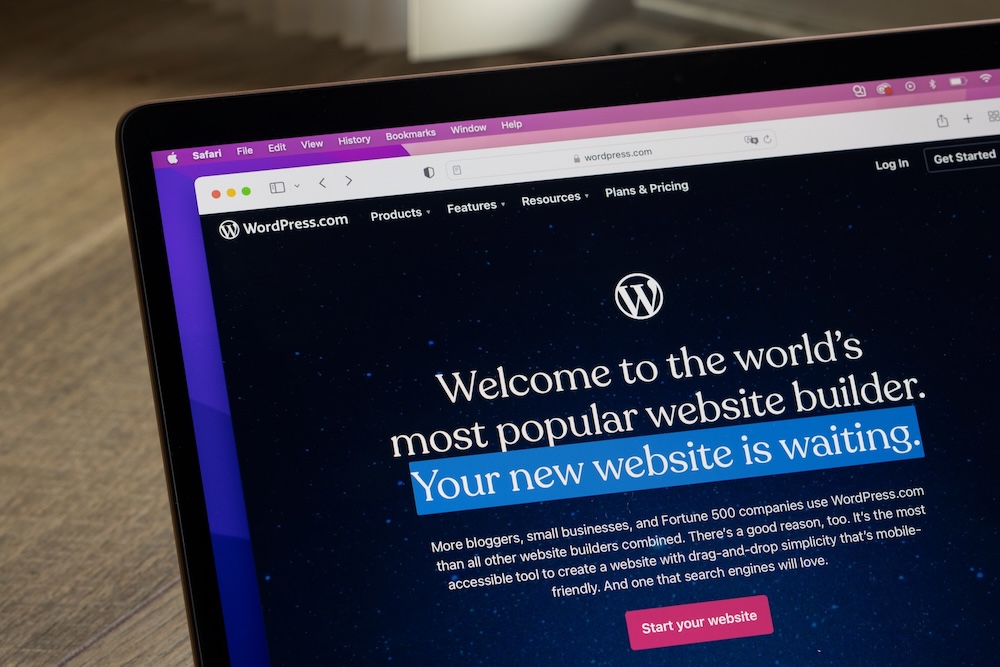A Guide to Implementing HTTPS, Protecting Against Malware, and Ensuring User Data Privacy
In today’s digital landscape, website security is paramount. Users expect their personal information to be safeguarded, and search engines favor secure websites. In this blog post, we’ll explore key strategies to secure your website, including implementing HTTPS, protecting against malware, and ensuring user data privacy.
1. Implement HTTPS:
HTTPS (Hypertext Transfer Protocol Secure) encrypts the data exchanged between a user’s browser and your website, making it nearly impossible for hackers to intercept and decipher. This encryption is crucial, especially if your website handles sensitive information like login credentials or payment details.
To implement HTTPS, you’ll need an SSL/TLS certificate. You can obtain one from a Certificate Authority (CA) or through your web hosting provider. After obtaining the certificate, install it on your server and configure your website to use HTTPS. Many hosting providers offer easy setups for this.
2. Protect Against Malware:
Malware, short for malicious software, includes viruses, spyware, and other harmful programs. Malware can compromise your website’s integrity, steal user data, or even distribute malware to your visitors.
- Regularly update your website’s software, plugins, and themes.
- Use a reputable security plugin or service to scan for vulnerabilities.
- Employ strong, unique passwords and enable two-factor authentication for your website admin accounts.
- Regularly backup your website’s data, so you can quickly recover in case of an attack.
- Implement a Web Application Firewall (WAF) to filter out malicious traffic.
3. Ensure User Data Privacy:
User data privacy refers to the protection of individuals’ personal information collected by your website. It’s essential to prioritise this to comply with regulations like GDPR and to build trust with your users.
- Clearly communicate your privacy policy to users, detailing how you collect, store, and use their data.
- Obtain explicit consent before collecting any personal data and allow users to opt out.
- Regularly audit and review your data-handling processes to ensure compliance with privacy regulations.
- Invest in encryption for sensitive data, both in transit (HTTPS) and at rest.
- Limit access to user data only to authorised personnel.
Securing your website, implementing HTTPS, protecting against malware, and ensuring user data privacy are continuous processes. Regular monitoring, staying updated with security best practices, and promptly addressing vulnerabilities are essential to maintaining a safe online environment for both you and your users. By prioritising these aspects, you’ll not only enhance your website’s security but also build trust and credibility with your audience.





